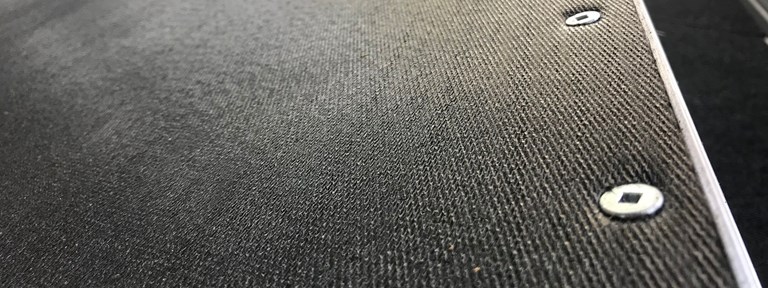Our new floor is stronger, lighter, and more durable
Losberger De Boer has developed a new lightweight floor for its rental division that is stronger, more durable and is made of a composite material instead of wood, making it a far more sustainable alternative to the floor types that are customary in our industry.
After its initial development, our composite floor has been successfully installed at several major events. With it being tried and tested, we are now ready to implement our new composite floor in our event space structures as well as our commercial space buildings.
This innovation underlines our continued commitment to further improving our products and service, as well as to reduce our ecological footprint and minimize our CO2 emissions.
Now, about that floor. What is composite?
A composite material is a material produced from two or more constituent materials. These materials have different chemical or physical properties. They are merged to create a material with properties that differ from the individual elements.
In this case…
The use of this particular composite means that the floor is much lighter than the traditional wooden floors you see in event tents around the world. This benefits our workers, who now have to handle a lot less weight when installing the floor in our structures, as well as the environment, as less fuel is consumed to transport the same amount of m2 of floor.
Another benefit of this new floor type, is that it has a longer technical lifespan. It is more durable, and can be used for a longer period of time.
This floor is watertight, which means weather has hardly any impact on this floor, as opposed to a wooden floor. This also makes this floor more hygienic in use.
Let’s get technical
Our new, composite-based floor weighs only 36.6kg per cassette, which is over 15% less than a conventional cassette floor, yet offers a load bearing capacity of 500kg/m2. It is watertight and has a fire resistance score of Bfl-S1,d0.
